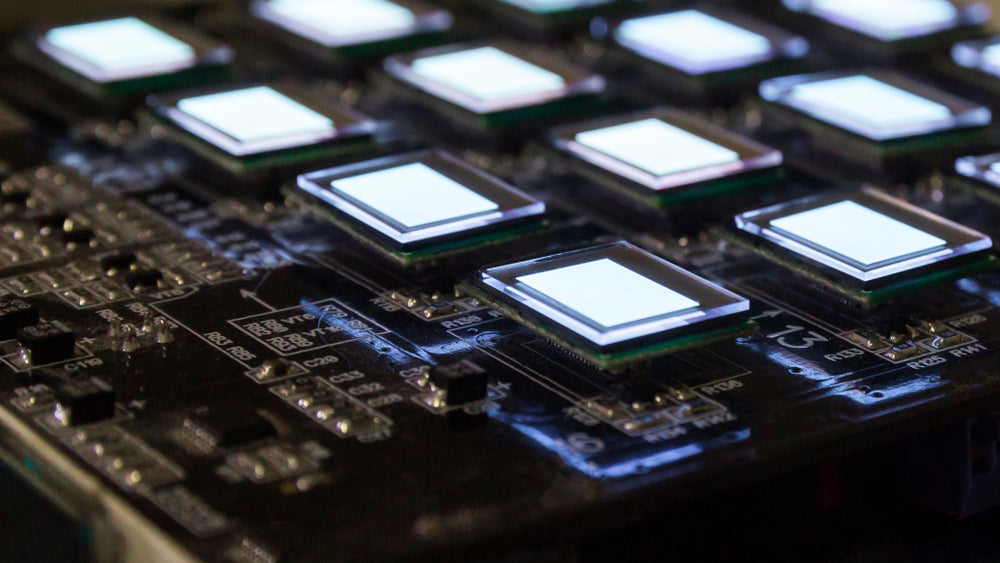AMOLED displays have become increasingly popular in recent years due to their vibrant colors, high contrast ratios, and low power consumption. However, one question that often arises is whether AMOLED displays can be used in outdoor environments, and how they perform in bright sunlight. In this blog, we will explore this question in more detail and provide some insights into how AMOLED displays perform in bright sunlight.
Can AMOLED Displays be used in outdoor environments?
The short answer is yes, AMOLED displays can be used in outdoor environments. In fact, many smartphones and other devices that use AMOLED displays are designed to be used both indoors and outdoors. However, the performance of AMOLED displays can vary depending on the brightness of the environment, and the specific display technology used.
How do AMOLED Displays Perform in Bright Sunlight?
When it comes to using AMOLED displays in bright sunlight, the main issue is visibility. Sunlight can make it difficult to see the screen, and can even cause glare or reflections that can make the screen unusable. This is a problem for all types of displays, not just AMOLED displays.
However, some AMOLED displays are designed specifically to perform well in bright sunlight. For example, some devices use technologies such as sunlight visibility enhancement, which can increase the brightness of the display in bright sunlight, making it easier to see. Additionally, some AMOLED displays use anti-glare coatings or other technologies to reduce glare and reflections, making the screen more visible in bright sunlight.
Another factor that can affect the performance of AMOLED displays in bright sunlight is the color accuracy. Sunlight can affect the way colors appear on the screen, making them look washed out or inaccurate. However, many AMOLED displays use technologies such as adaptive color profiles or dynamic color adjustment to help maintain color accuracy in bright sunlight.
What about LCD performance in the outdoor?
LCD displays use a backlight to illuminate the entire screen, which can make them easier to see in bright sunlight than AMOLED displays. However, LCD displays are also known for their lower contrast ratios and less vibrant colors compared to AMOLED displays. Additionally, LCD displays can suffer from reflections and glare, which can make the screen difficult to see in bright sunlight.
Let's take a look at the key differences between the two technologies and how they impact performance in outdoor settings.
Brightness and Contrast
AMOLED displays typically have higher contrast ratios and deeper blacks compared to LCD displays. However, in bright sunlight, the performance of AMOLED displays can be impacted because the individual pixels that emit their own light can become washed out and difficult to see. LCD displays use a backlight that illuminates the entire screen, making them easier to see in bright sunlight.
Color Accuracy
AMOLED displays are generally known for their more vibrant and accurate colors, especially in darker settings. However, in bright sunlight, colors on AMOLED displays can appear less vibrant or washed out due to the sunlight's effect on the individual pixels. LCD displays may have less vibrant colors overall, but can be more consistent and accurate in bright sunlight.
Glare and Reflections
Both AMOLED and LCD displays can be affected by glare and reflections in bright sunlight. However, LCD displays tend to be more reflective due to their use of a backlight. AMOLED displays may use anti-glare coatings and other technologies to help reduce reflections and glare, but this can vary between devices.
Sunlight Visibility Enhancement
Some AMOLED displays are designed with features such as sunlight visibility enhancement, which can increase the brightness of the screen in bright sunlight to improve visibility. This can make a significant difference in the performance of AMOLED displays in outdoor environments.
In conclusion, the performance of AMOLED and LCD displays in outdoor environments can vary depending on their specific display technologies. LCD displays may have an advantage in bright sunlight due to their use of a backlight, but AMOLED displays can offer better contrast ratios and color accuracy overall, especially in darker environments. However, some AMOLED displays are designed with features such as sunlight visibility enhancement to help improve their performance in bright sunlight. Ultimately, the best display for outdoor use depends on your specific needs and preferences.
Read more

An AMOLED screen typically lasts for about 15,000 hours before noticeable dimming occurs, whereas LCDs with LED backlights can exceed 50,000 hours. However, AMOLEDs are prone to permanent burn-in f...

In the physical sense, a pixel is a small, discrete element that makes up the display of an electronic device, such as a computer monitor or a television. Each pixel consists of a combination of el...



Leave a comment
This site is protected by hCaptcha and the hCaptcha Privacy Policy and Terms of Service apply.